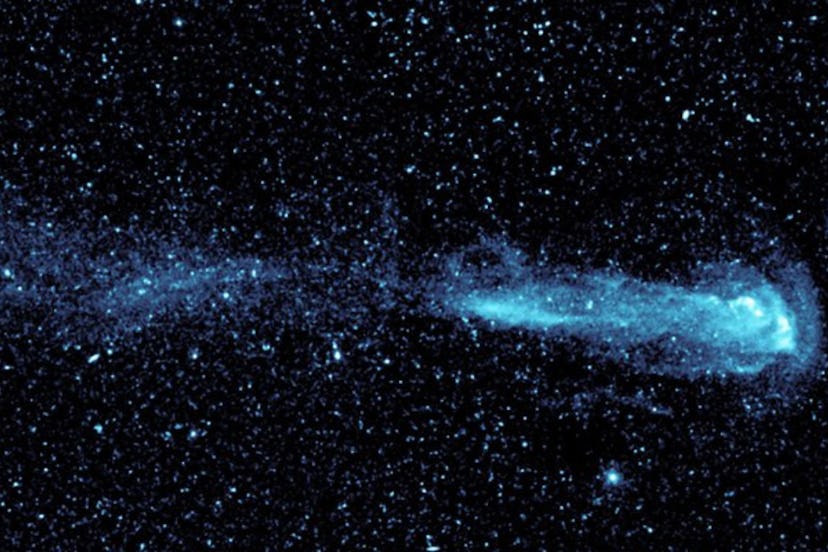This Is How To See Mira The Wonderful At Its Brightest — Tonight!
If you and the kids love to stargaze, you’ll want to mark the peek dates for Mira the Wonderful in your calendars.

Mira the Wonderful — a tricky-to-experience and beautiful star — will shine at its brightest all year on June 13th, 2023, before it disappears again. If you and the kids love to stargaze, you'll want to mark this event in your calendars.
What is Mira the Wonderful?
Approximately 400 light-years from Earth, Mira the Wonderful is a beautiful star in the Cetus constellation. It's really unique in that it can vary in brightness over the span of approximately 11 months, or 332 days. Sometimes the brightness of Mira varies by 250-fold, according to Space.com. The star is huge, several hundred times larger than the Sun's diameter, and it's red.
During those 11 months, the star "varies in brightness from the ninth magnitude or less (being visible only with a telescope) to third or fourth magnitude (visible without any optical aid)." But Mira can be challenging to spot, even on the brightest days.
When will Mira the Wonderful be visible?
There's a new predicted peak for when we can see Mira, and it’s basically right now. According to Space, it will likely be around its brights on or around June 13, 2023.
"If you'd like to see this unusual star in 2023, now's your chance," the site shares. "It's impossible to predict exactly how bright or faint Mira will become at each maximum."
The star will remain visible in the sky for a few months still, but it won't be as bright as it is right now until its next peak period — which will be in May of 2024.
How to stargaze Mira the Wonderful with the kids
To be able to catch Mira this summer, you'll need to wake up early. According to Space, Mira will rise around 4:00 a.m. local time and will hit above the horizon just before sunrise. You and the kids will want to look toward the southeast sky and look low, just above the horizon.
"While Mira's rise to maximum light tends to be rather rapid, its descent toward minimum is a bit more leisurely," Space.com shares.
You and the kids should be able to see Mira with the naked eye until early October, the site explains.
"Thereafter, you'll need a set of good binoculars to see it, and by the time the winter holidays come around, you'll need a good telescope and a star map to find it."
If you and the kids are used to stargazing, you can find Mira by locating the V-shaped star cluster (Hyades), just east of the Pleiades.
"Draw an imaginary line from the tip of the V of until you spot Menkar, the brightest star in the head of Cetus," the Farmer's Almanac says. "Travel down to see the flickering of Mira The Wonderful star."
If you're not experienced or are unable to find Mira, you can check out Stellarium and locate the star based on where you live.
This article was originally published on